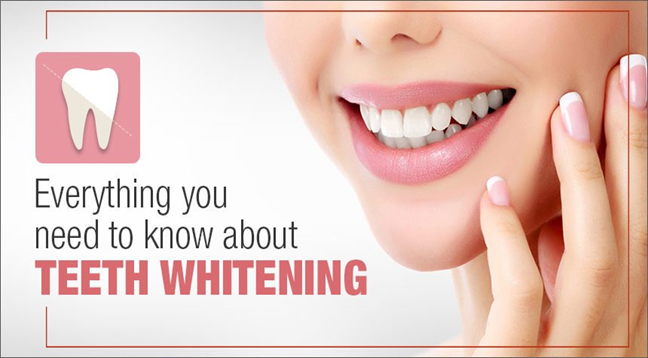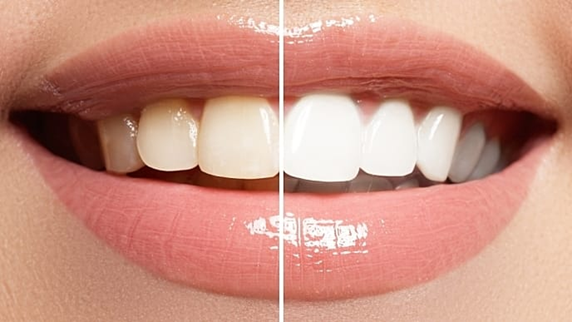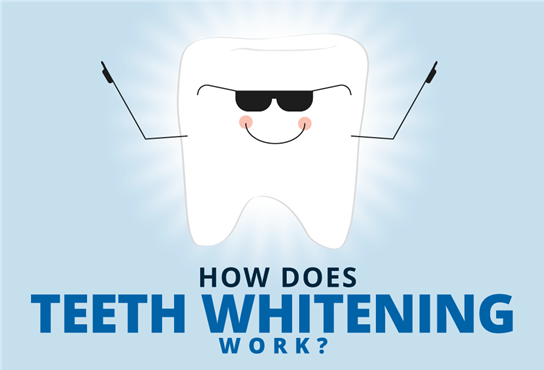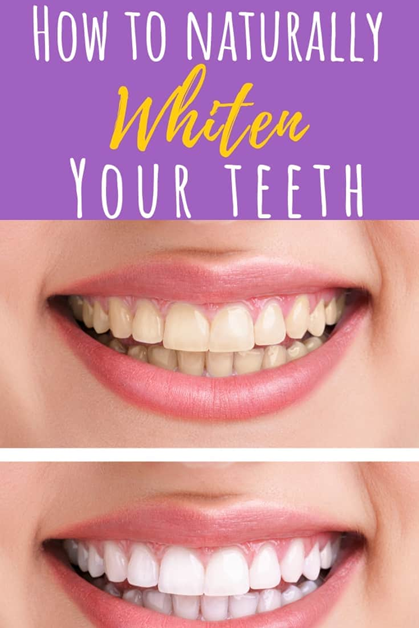
| A bright, white smile is often seen as a symbol of beauty, health, and confidence. No wonder teeth whitening products are everywhere, from DIY home kits to dental office treatments, and even natural remedies. But before you jump into whitening your teeth, it’s important to understand if it’s really safe? And what actually works? |
Let’s explore the facts, myths, risks, and safer options behind the popular trend or teeth whitening.
What Is Teeth Whitening?
Teeth whitening is the process of lightening the color of your teeth to remove stains and improve their appearance. It involves using special products or treatments to make teeth look whiter and brighter.

There are two main types:
1. External (surface) whitening – removes stains from foods, drinks, or smoking.
2. Internal whitening – targets deeper stains inside the tooth (usually done by a dentist).
What Causes Teeth To Stain?
Teeth naturally darken with age, but stains also come from:
– Coffee, tea, red wine, soda
– Smoking or chewing tobacco
– Poor dental hygiene
– Certain medications
– Acidic or sugary foods
These stains can be surface-level (extrinsic) or deep inside the tooth (intrinsic).
How Teeth Whitening Works.

Most whitening products contain hydrogen peroxide or carbamide peroxide, which break down stains through a chemical reaction. The two main types of whitening are:
1. PROFESSIONAL WHITENINNG (IN-OFFICE)
– Quick results in 1–2 sessions
– Stronger formulas, done under dentist supervision
2. AT-HOME WHITENING KITS
– Whitening strips, trays, pens, or LED devices
– Weaker than professional treatments but more affordable
Are Whitening Products Safe?
Yes — but only if used correctly.
Dentist-approved whitening is generally safe, but overuse or misuse can lead to:
– Tooth sensitivity
– Gum irritation
– Enamel weakening (if overdone)
– Uneven results on dental work (e.g., crowns won’t whiten)
Tip: Always follow instructions and avoid using products too frequently.
NATURAL WHITENING PRODUCTS: DO THEY WORK?
You may have seen DIY tricks like:

| – Baking soda – Activated charcoal – Lemon juice or apple cider vinegar – Oil pulling (coconut oil swishing) Caution: Some natural methods can be abrasive or acidic, wearing down your enamel and damaging teeth over time. It’s best to ask a dentist before trying them. |
Who Should Avoid Whitening?
– People with sensitive teeth or gums
– Pregnant or breastfeeding women
– Children under 16
– People with crowns, fillings, or veneers on visible teeth
Tips For Safe Whitening.
– Get a dental check-up first to rule out cavities or gum issues
– Use ADA-approved whitening products
– Start slowly and watch for sensitivity
– Maintain results by avoiding stain-causing foods and drinks
– Brush with whitening toothpaste for gentle daily stain removal
Teeth whitening can be safe and effective if done right. Whether you go professional or try home kits, the key is to be gentle, informed, and realistic about results. Always prioritize your dental health over a brighter smile.
A healthy smile is always a beautiful smile.
By: Adenola Eniola.

